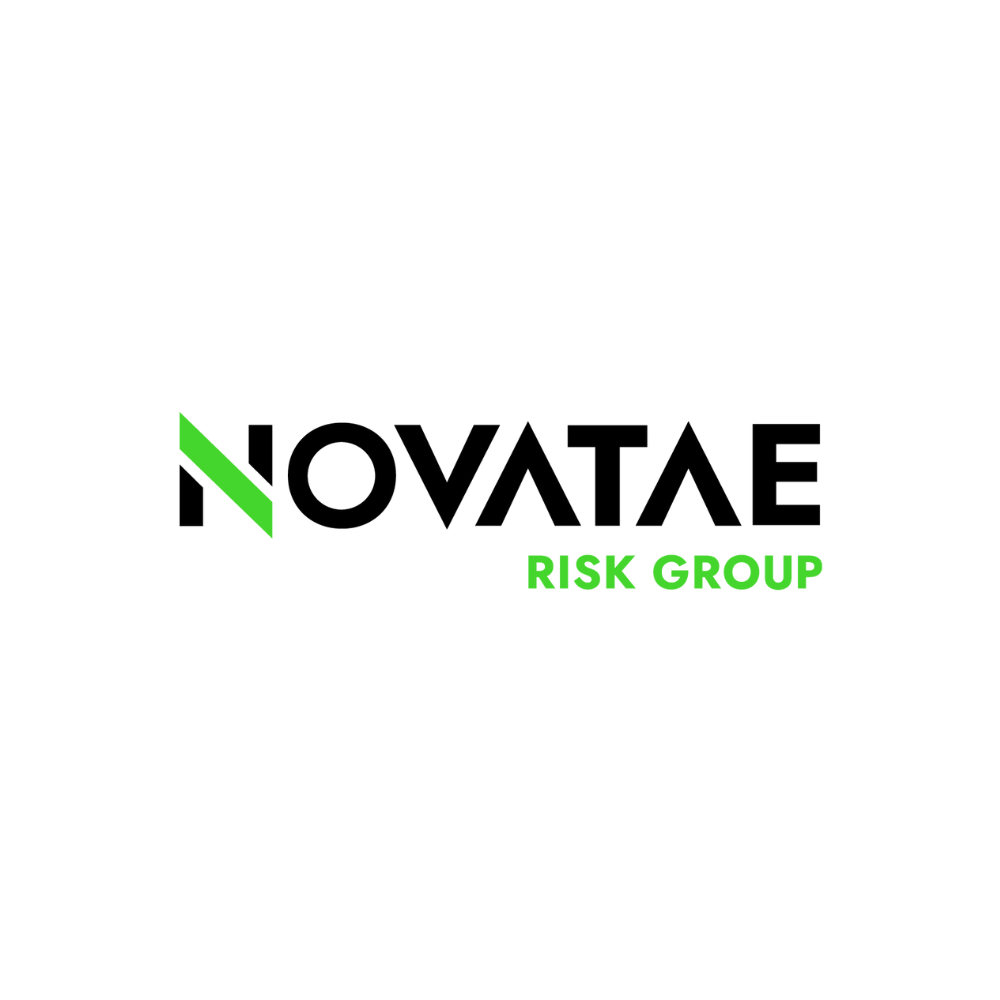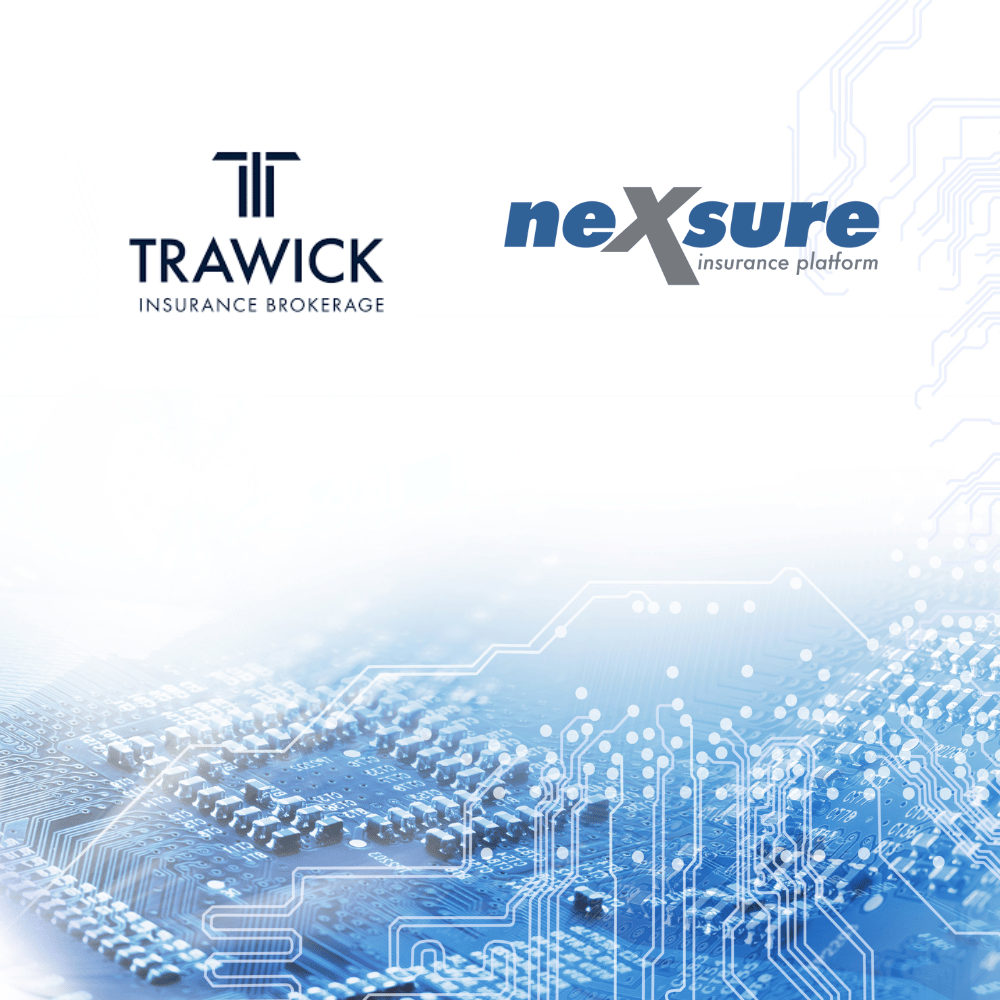By Patrick L. Espeland, CPA – VP, Product Management
Let’s face it. Insurance data management and automation are not phrases often spoken together. But as systems have evolved from our early dot.com implementations to where we sit today, several technological advances have allowed the insurance industry to evolve very quickly. Today, retail agencies, wholesalers, MGAs, and carriers have several possible solutions to choose from, targeting their specific needs by choosing from a buffet of automation choices.
The common denominator remains the final policy. It is the most data-rich of the insurance industry assets, and without automated updating of that data – perhaps through daily downloads – the burden upon human intervention would be far greater.
But what about the automation of everything else in the policy lifecycle? Every human touch should be subject to scrutiny as a potential automation point. The burden of the intake of application data can be automated, which places the data input onto the Retail Agent or the potential Insured. Data can be prefilled into an application through one or more data integration sources, saving time in gathering the ever-evolving risk profile. Rules-based engines and direct carrier integrations can solve risk appetite and rating.
Automating the servicing of a policy is also fair game! Imagine automating communication with an insured when their policy is getting ready to cancel due to non-payment. The system can potentially direct the insured to pay their bill via a payment processing service, saving time in the accounting suite by automatically entering the payment and clearing the invoice. There are solutions that provide automated real-time text, voice, and email notification capabilities when specific events occur. Complementary payment services further satisfy this all-important retention and compliance requirement, eliminating the burden of repetitive workflow from the business service staff and improving communication consistency.
By leveraging automation, companies can streamline operations, reduce manual errors, and enhance customer satisfaction. Automation can handle routine tasks and workflows, allowing employees to focus on more strategic and value-added activities. This shift from data management to risk consultancy can lead to better insights, improved customer relationships, and increased revenue opportunities.
Furthermore, automation can bring efficiency to underwriting processes. Integrating data from various sources allows risk assessment to be performed more accurately and quickly. Rules-based engines can analyze data points and determine risk appetites and ratings, enabling faster decision-making and policy issuance.
Moreover, automation can facilitate regulatory compliance by ensuring that policies are consistently enforced, and documentation is appropriately managed. Compliance rules can be integrated into the system, triggering alerts and notifications to ensure adherence to legal and regulatory requirements, helping avoid penalties and reputational damage while maintaining transparency and accountability.
The bottom line is that your management system has lots more to offer than just allowing people to input data and move it through a timeline. With careful consideration and evaluation, agencies can do more today than ever and free up their valuable resources to be better insurance and risk consultants rather than data managers.
The insurance industry has witnessed significant advancements in automation and data management. Across the policy lifecycle, automation has the potential to revolutionize the way insurers operate. By embracing automation solutions and leveraging technology, companies can enhance operational efficiency, improve customer experience, and drive business growth in an increasingly competitive market. It’s time to embrace the power of automation and unlock the full potential of insurance data management.



